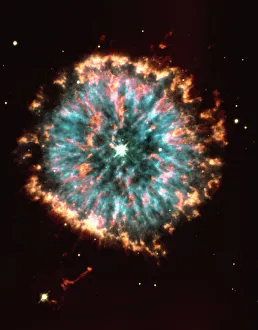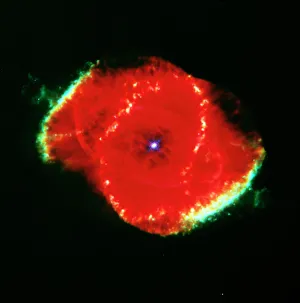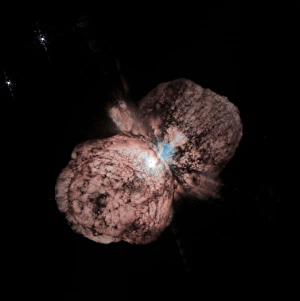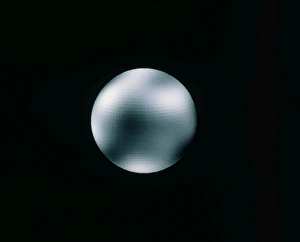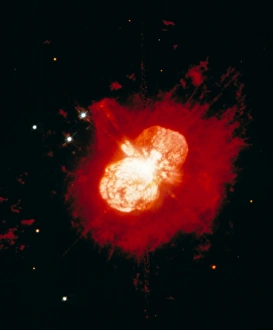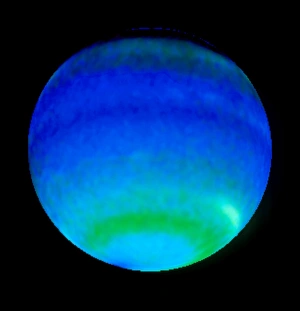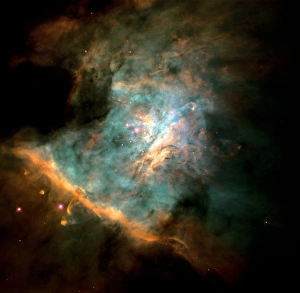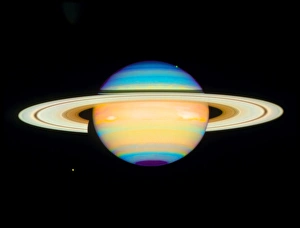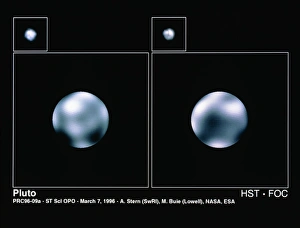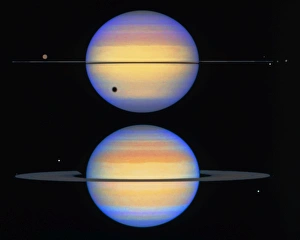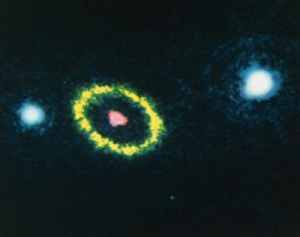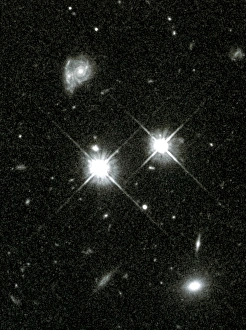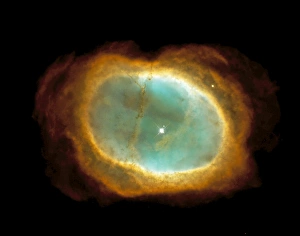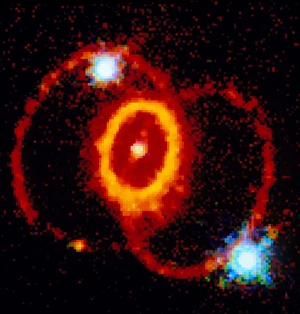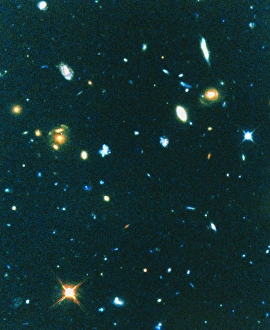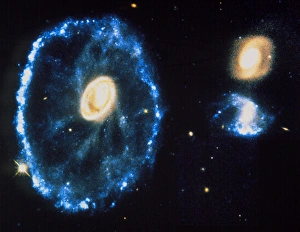Hst Image Collection
The Hubble Space Telescope (HST) has captured breathtaking images of celestial wonders, revealing the beauty and mysteries of our universe
All Professionally Made to Order for Quick Shipping
The Hubble Space Telescope (HST) has captured breathtaking images of celestial wonders, revealing the beauty and mysteries of our universe. From planetary nebulae to distant planets, the HST continues to amaze us with its stunning visuals. One such mesmerizing image is that of the Cat Eye Nebula seen from the Hubble Telescope. This planetary nebula showcases intricate patterns and vibrant colors, leaving us in awe of its ethereal beauty. Another remarkable sight captured by the HST is Eta Carinae. This massive star system's explosive nature is unveiled through a captivating Hubble image, showcasing its turbulent surroundings and illuminating our understanding of stellar evolution. After a successful repair mission, the HST provided an unprecedented view of Eta Carinae. The enhanced clarity allowed scientists to delve deeper into this enigmatic object's composition and behavior. Moving closer to home, the HST also revealed Neptune's weather patterns in a striking image. With swirling clouds and atmospheric disturbances on display, we gain insight into this distant gas giant's dynamic environment. Venturing further into space, we encounter Orion Nebula—a cosmic nursery where new stars are born. The detailed imagery obtained by the HST unveils intricate structures within this stellar nursery while igniting our curiosity about how stars come into existence. Pluto too had its moment under the watchful eye of the Hubble Space Telescope. Its surface features were brought into focus through an astonishing image that shed light on this dwarf planet's complex geology and icy terrain. Beyond visible light observations, ultraviolet imaging enabled us to witness Saturn's mesmerizing auroras as seen through another incredible photograph taken by the HST. These luminous displays highlight Saturn's magnetic field interactions with charged particles from space. Additionally, a white spot caught astronomers' attention when observed using traditional imaging techniques on Saturn—another fascinating discovery made possible by utilizing data collected by the iconic telescope.

